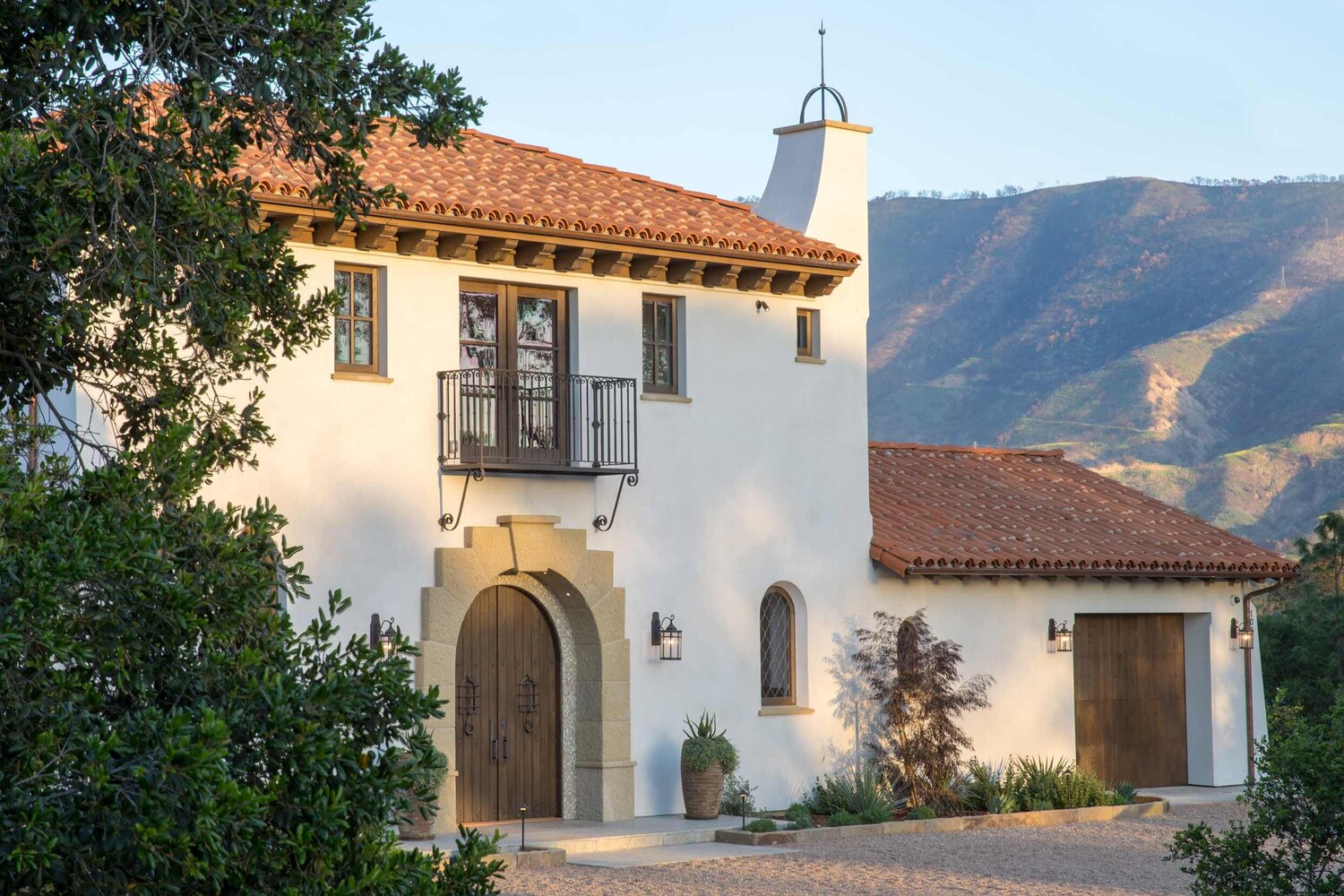When indoors feel stuffy and the outdoors feel… far away—how do you blur the line? That’s the challenge homeowners who follow Santa Barbara architecture style face as they chase more natural light, better airflow, and the perfect harmony between structure and setting. Here’s the bold truth: you don’t have to choose between indoors and out—you can design for both.
Walls define space. But the absence of walls? That defines experience.
Why Inside-Out Living Isn’t Just a Trend—It’s a Climate-Smart Shift
Santa Barbara’s Mediterranean climate is a blueprint for seamless transitions. With roughly 300 days of sunshine annually (Source: National Weather Service), it’s no surprise that outdoor living Santa Barbara designs have evolved from casual patios into integrated architectural elements—courtyards, loggias, breezeways, and garden rooms.
These aren’t afterthoughts. They’re core to how many custom homes breathe, flow, and invite.
Ask yourself:
- Are your outdoor spaces architectural extensions—or just landscaped leftovers?
- Can your outdoor room cool indoors?
- Is your courtyard design more than aesthetic?
Courtyards: The Beating Heart of Santa Barbara Homes
Courtyards are no longer just central voids—they’re spatial anchors.
In Santa Barbara courtyard design, courtyards function as lungs of the home. They create passive cooling zones, enhance cross-ventilation, and frame private outdoor sanctuaries. From small, shaded atriums to expansive central gardens, they bring nature inward—strategically.
Design Tip: Use high walls to block coastal winds, while integrating clerestory windows to draw light deep into your interiors. This balances shade with glow.
A well-designed courtyard isn’t just seen—it’s felt from every room.
Loggias: Shading with Sophistication
Covered outdoor corridors—loggias—are the unsung heroes of Santa Barbara architecture. Positioned to guide airflow and shelter from midday sun, they give your outdoor spaces structure, purpose, and visual rhythm.
Unlike simple porches, loggias are sculpted extensions of your interiors. Arches, columns, and wood ceilings transform them into transitional spaces with architectural depth.
South-facing loggias in Santa Barbara homes offer shade during the hottest hours while still inviting the golden hues of evening light.
Breezeways and Garden Rooms: Movement with Meaning
Modern homes are often about connection—and breezeways create just that. Beyond just being open-air hallways, they serve a dual role: unifying architecture and channeling prevailing breezes.
Garden rooms, on the other hand, carve out intimacy. They provide the quiet, green corners where structure meets softness—hedges, vertical planters, and water features soften hard materials while enhancing sensory calm.
The most powerful architecture doesn’t just look good—it feels inevitable.
Sustainable Choices that Pay Off—Visually and Environmentally
Clients today are design-savvy and eco-conscious. From reclaimed wood pergolas to water-wise native plants, Santa Barbara architecture now leans into sustainability without compromising beauty.
Energy-efficient outdoor lighting, permeable paving for drainage, and green roofs above loggias are no longer extras—they’re essentials.
Homes that include energy-efficient outdoor features—like shade structures and drought-tolerant landscaping—can see up to a 20 percent increase in property value (Source: National Association of Realtors).
Working with the Right Designer Makes All the Difference
Creating seamless indoor-outdoor transitions demands a deep understanding of structure, light, and environment. A residential architect Santa Barbara knows how to blend these beautifully, without over-designing or underutilizing.
When done right, every beam, breeze, and brick tells a story of connection—between people, place, and purpose.
So what’s stopping you from turning your outdoor space into a liveable masterpiece? Whether you’re creating a second home, renovating a historic property, or designing from the ground up—the outside can be just as liveable as the inside.
Let nature inside—and let your design breathe.



